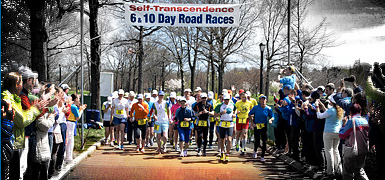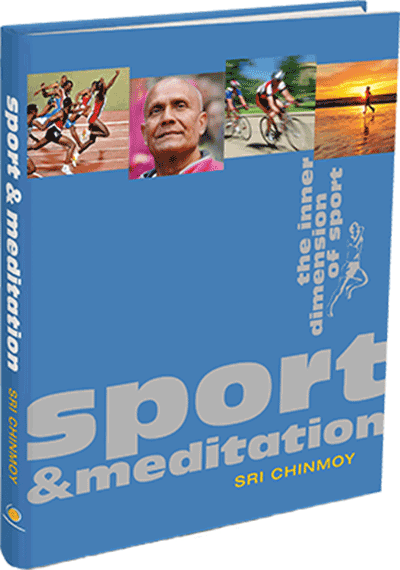SPEED VERSUS ENDURANCE
Eight weeks to go to ‘M' Day and by now you should have several weeks of consistent mileage behind you and your long run is gradually increasing. Although you will be tired at times you should be getting the benefit of feeling stronger.
To make you run more efficiently don't just think you have to pound out mile after mile at a steady pace. At least once a week some kind of resistance or"fun training" must complement all those slow miles. Experienced runners, although dreading any kind of speed work or hill work at first, grow to enjoy it as they see the benefits.
Why do speed work?
The legendary New Zealand coach, Arthur Lydiard who was one of the pioneers of distance running, used to advocate long slow distance (lsd) to build strength and endurance, but speed work trains the heart to adapt to a harder workload and help you run more efficiently.
Ideally speed work should be overseen by a running coach, personal trainer or friends who have experience of doing similar sessions. If this is not possible follow the basic rules of 5-10 minute warm up, easy stretching before the main efforts and the same afterwards. Decide on what your session is going to be. Three examples are:
- tempo run ie between 45 mins- 1.5 hours at a slightly faster pace than normal, but not flat out- 10k and half marathon events are ideal for this. Remember it is always better to run evenly on these runs or to start conservatively and build up the pace.
- Fartlek or spontaneous speed work, whereby on a run of anything between 5-8 miles you warm up then run faster sections of anything from 100 metres to 1 mile. It is spontaneous and depends on the terrain. The key element is to run your faster efforts at a pace where you feel you are working hard, but at the end of your effort you can slow to a jog or fast walk without stopping, ie you run continuously and it is broken up with various sections of fast/slow running. It is good to have at least two longer efforts of at least half a mile broken up with shorter efforts. Also, the longer the effort the longer the recovery before your next effort. Use landmarks on your run such as hill tops, lamp posts, and churches etc as your distance markers. These sessions are fun done with a friend or group of similar standard where you take turns to decide the"efforts".
- A more structured version of (b) but using a watch pre-set to a warm up, then run 1 minute hard, 1 minute easy, 2 minute hard, 2 minute easy, 3 minute hard, 3 minute easy then 2 minute hard, 2 minute easy 1 minute hard, then warm down to finish.
Remember the golden rule: TRAIN DON'T STRAIN!
Speed work should be a little taxing on the body, but it wasn't designed to propel you into oblivion or injury.
Don't kid yourself out of harder training, but be prepared for warning signs of dizziness or slight pains etc and ease back or just jog the remainder of the session.
Getting to the start line and not the physio's couch is the"big picture".
Next month: tapering for the big day.




